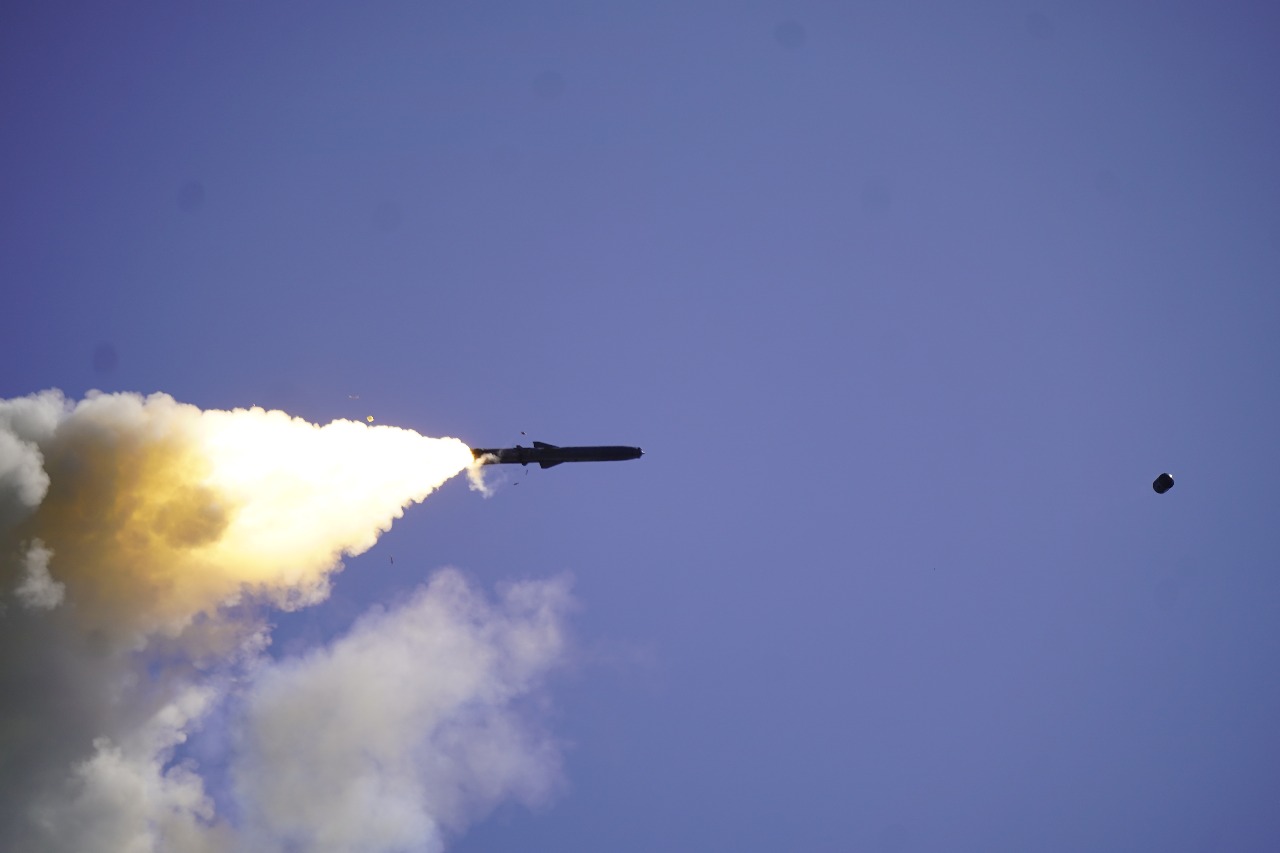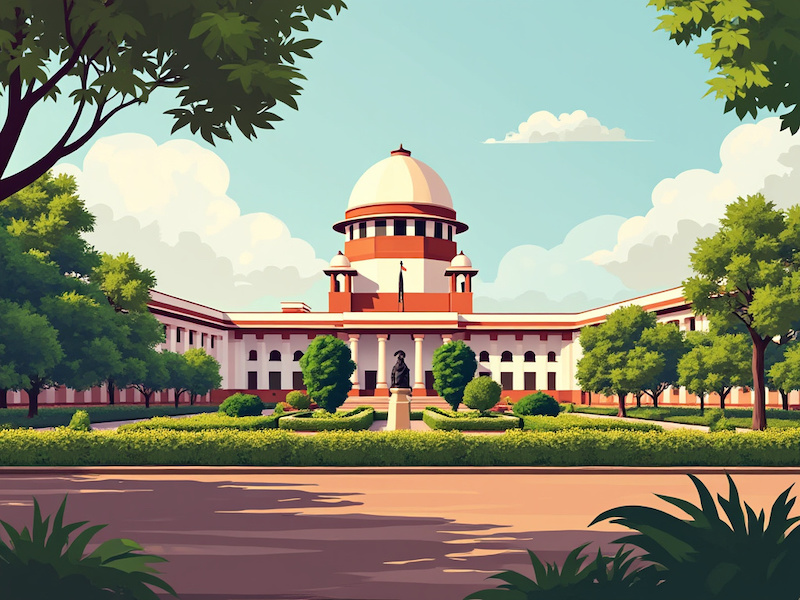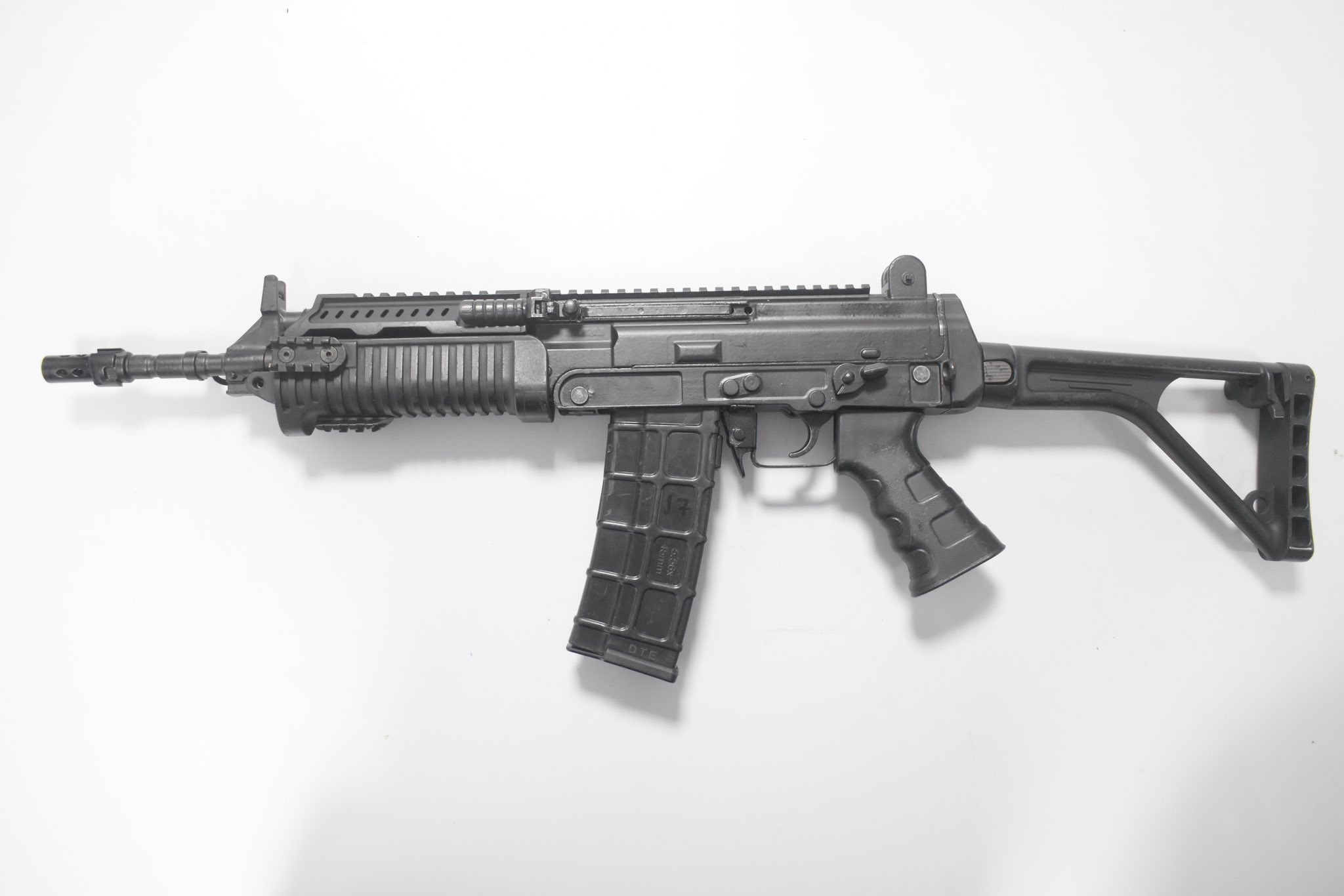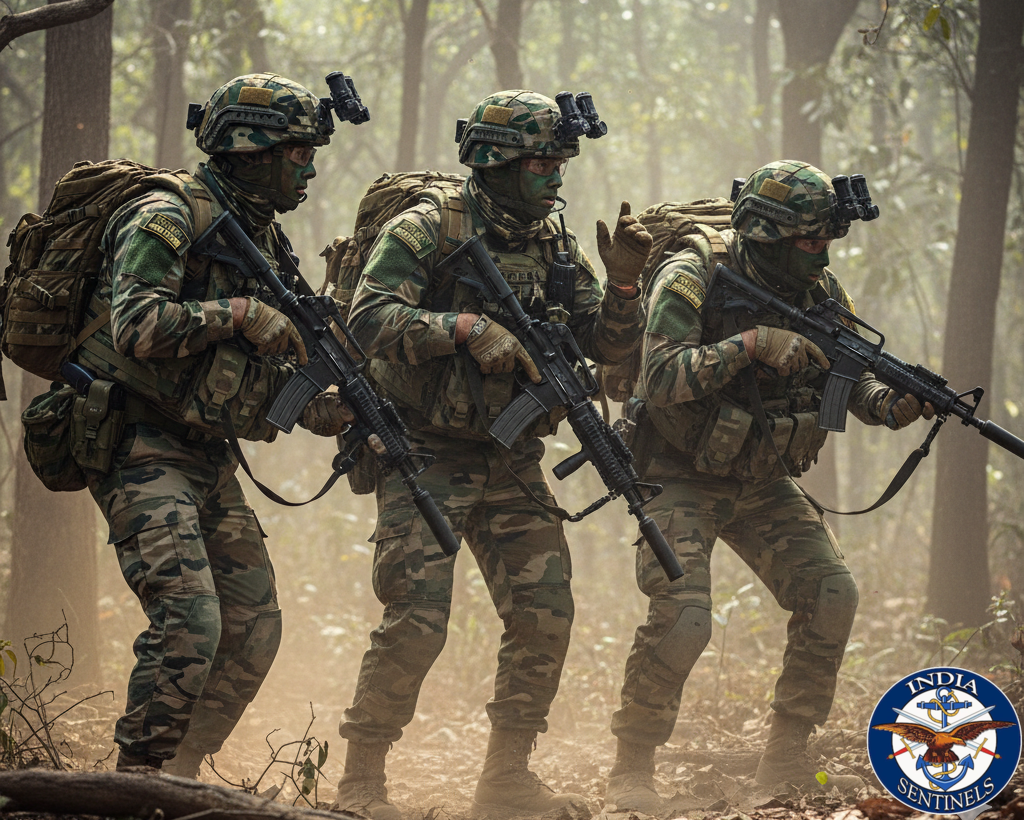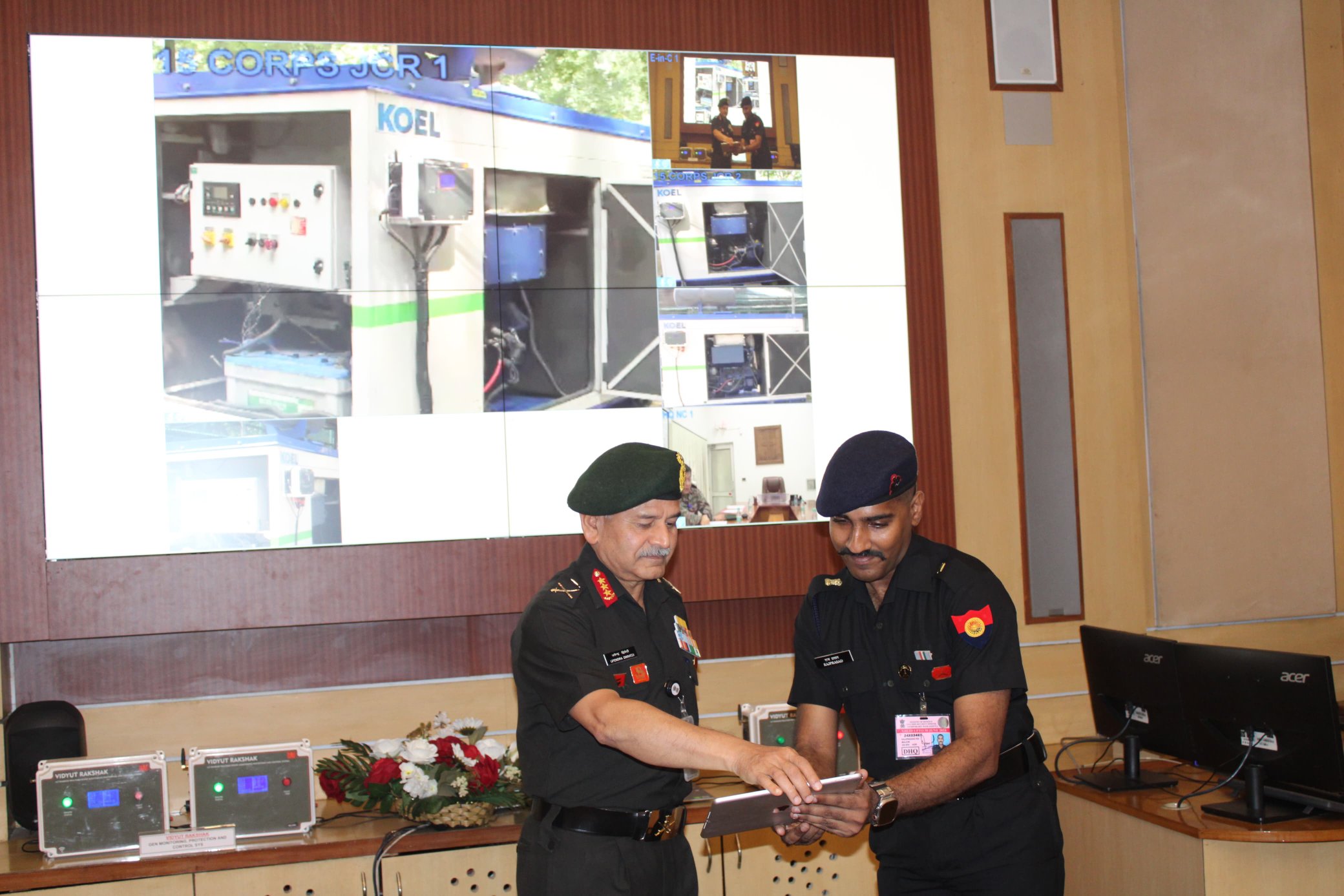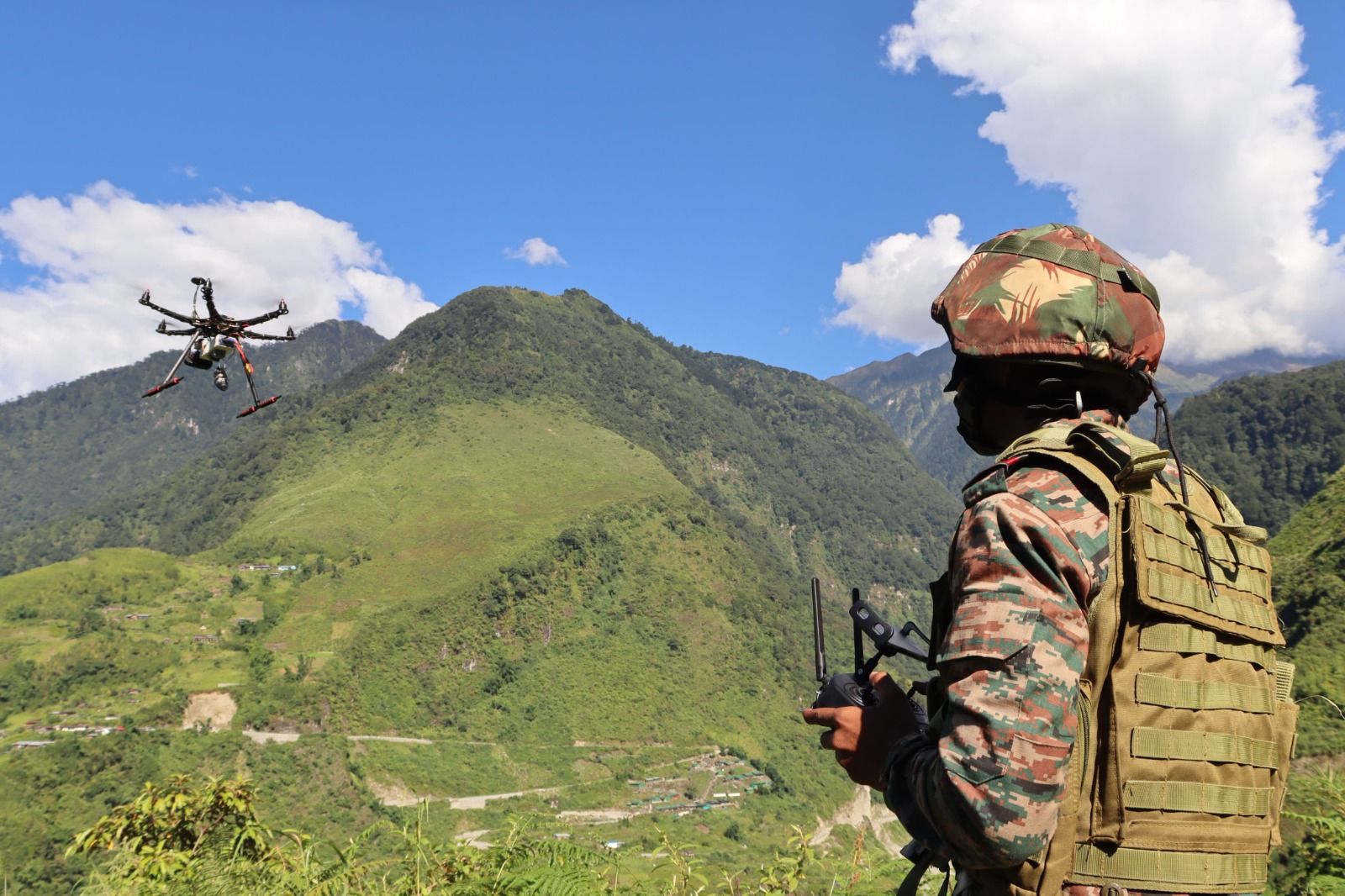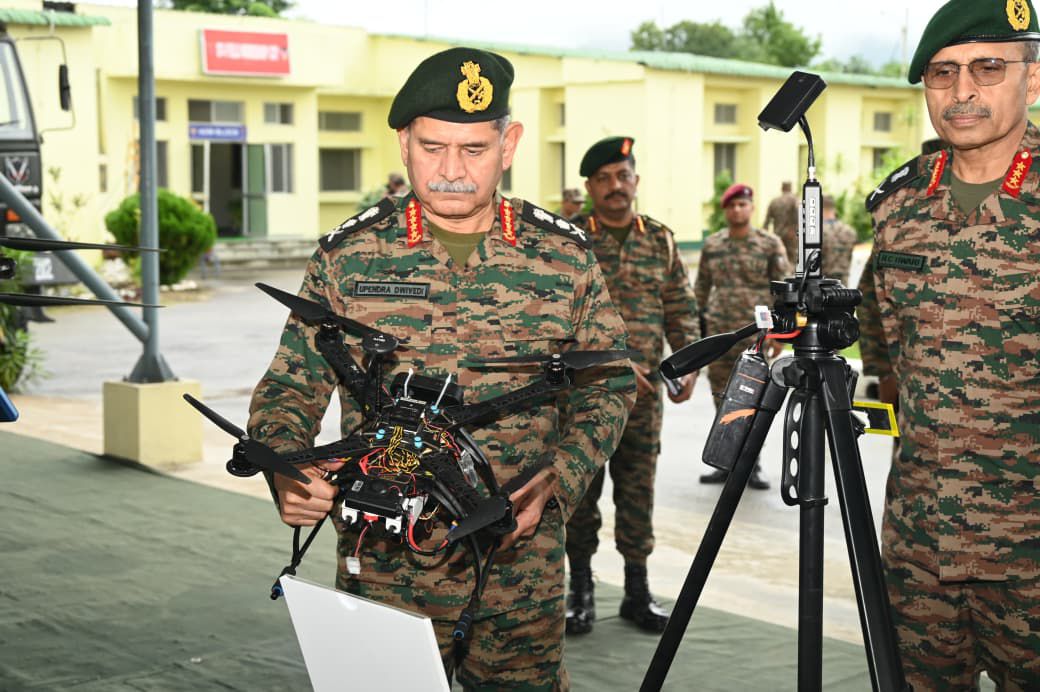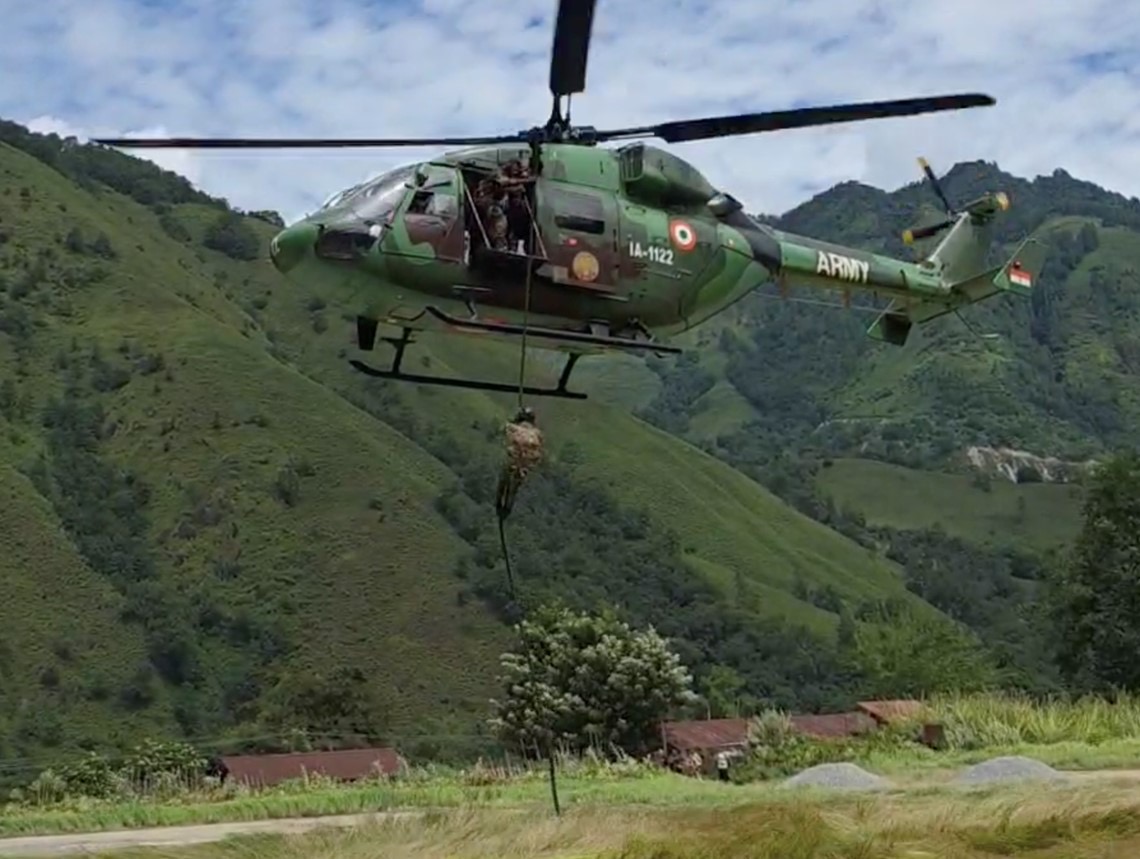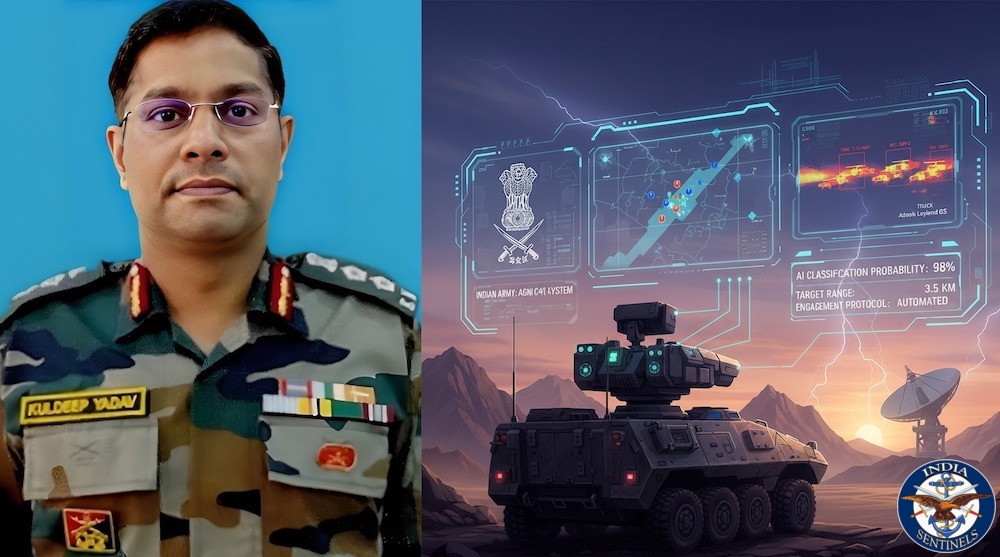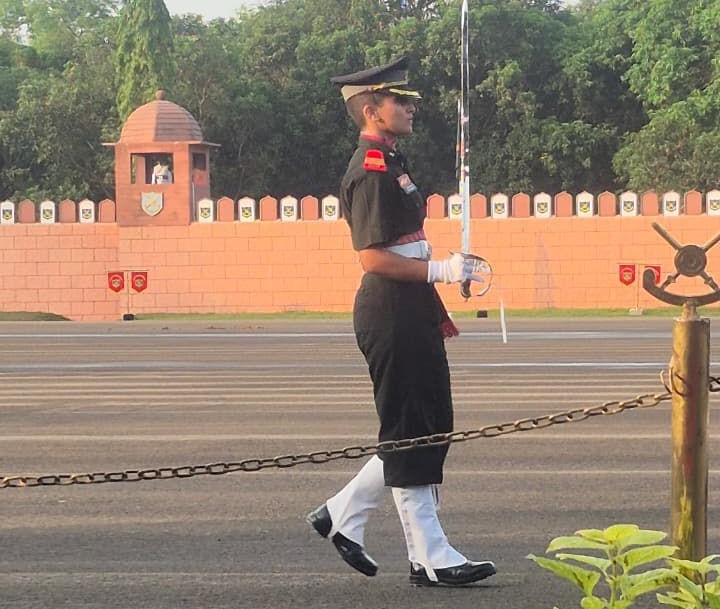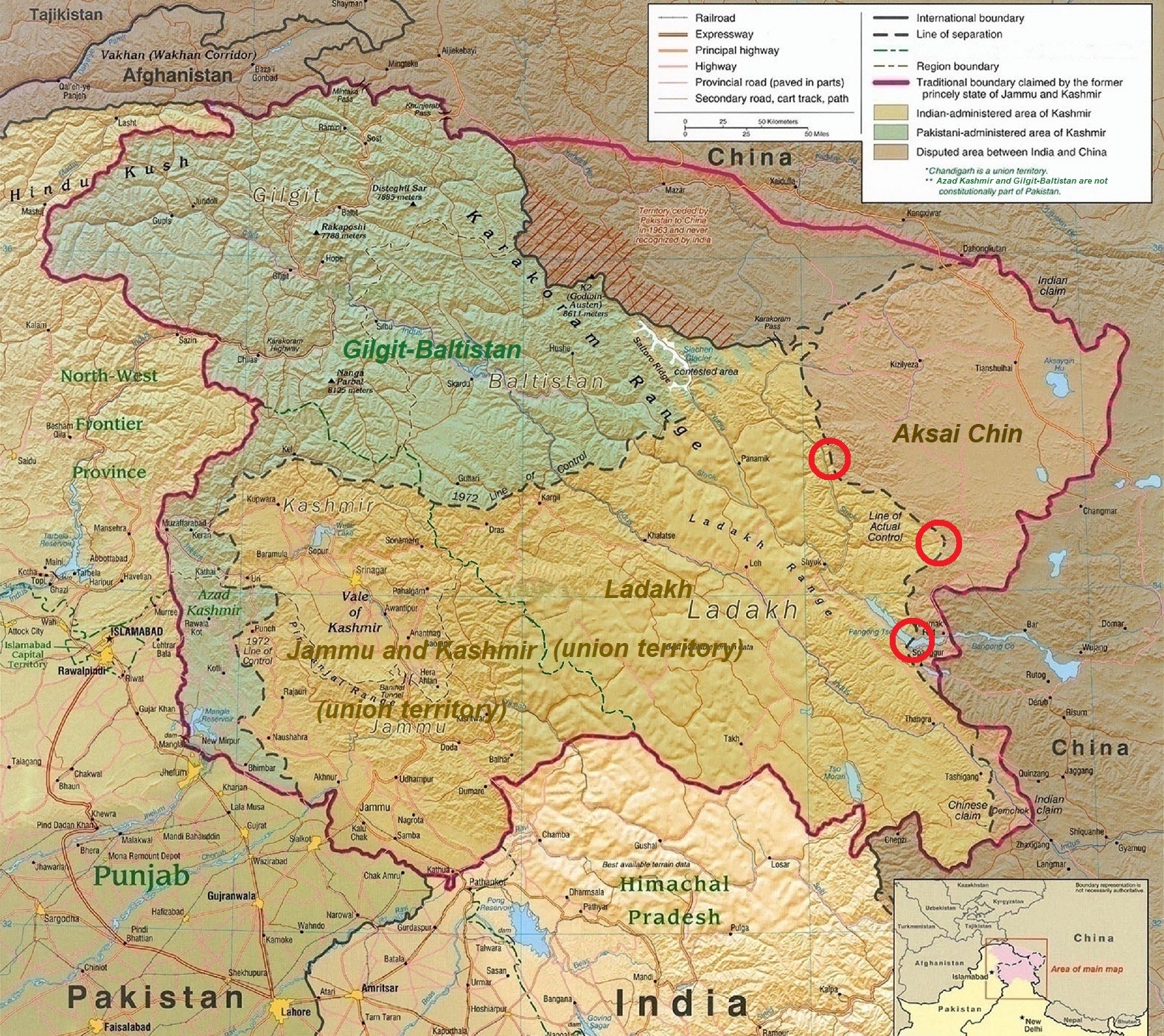 The red circles in this map roughly shows the areas where Indian and Chinese troops had skirmishes between 2020 and 2021 in eastern Ladakh. (CIA map via Wikipedia)
The red circles in this map roughly shows the areas where Indian and Chinese troops had skirmishes between 2020 and 2021 in eastern Ladakh. (CIA map via Wikipedia)
New Delhi: The Indian Army has rejected China’s demand for a buffer zone inside India’s side of the line of actual control (LAC) in eastern Ladakh as the condition to disengage its troops from the stand-off with Indian troops, as India Sentinels reported, on Wednesday. However, sources in the defence establishment told India Sentinels that the Army has rejected the offer for lowering the tension prevailing between the two armies in the area.
The government has neither confirmed or denied it, so far.
An Army official, who termed the demand as “illegitimate”, said a buffer zone of 15 to 2o kilometres would never be accepted. Earlier, a defence official said India believes that the demand is “unjust” and further negotiations are on to resolve the stand-off.
After China’s People’s Liberation Army troops made a large-scale intrusion on the Indian side of the LAC in May 2020, which also led to a deadly primitive clash with the Indian Army in June that year, the two countries deployed several thousand troops along the LAC in eastern Ladakh. Since then, they have been in a tense stand-off at several “friction points”.
To diffuse the tension, New Delhi and Beijing held several rounds of diplomatic and military-to-military talks. So far, there have been 18 rounds of corps commander-level talks between the militaries of the two countries. However, China has refused to restore the status quo of the LAC that was prior to their troops’ May 2020 encroachment in most of the key strategic areas in eastern Ladakh, the Depsang Plains being one of them.
India has agreed to create several buffer zones in its own territory for tactical disengagement of troops from some sites. The biggest buffer zone created measures 10 kilometres on the north bank of Pangong lake, between Finger 4 and Finger 8.
In January this year, the Leh senior superintendent of police, PD Nitya, submitted a research paper in the annual Director General of Police Conference, which was held in New Delhi between January 20 and January 22 that as a result of India ceding ground as buffer zones, India has lost 26 out of 65 patrolling points near the LAC in eastern Ladakh.
Veterans express their views
Several senior military veterans say that these buffer zones on the Indian side of the LAC puts India in a disadvantageous position.
In his article for ThePrint on the latest Chinese demand, former Northern Army Command chief Lieutenant General Harcharanjit Singh Panag (retired) said it was a ploy that China adopted earlier as well, citing the 1960 talks between India and China over the latter’s 1959 claim line.
Gen Panag said: “This was a typical ‘the Arab and the camel’ approach. Give an inch to the Chinese and they will take it all. First, secure an unoccupied area in the opponent’s territory, then to promote peace, propose a buffer zone imposing more loss of territory from a position of strength.”
On the latest Chinese demand, the former Northern Army commander wrote: “Now China is trying to permanently impose the 1959 claim line or its version of the LAC and wants India to pull back further west of Y-Junction/Bottleneck, probably up to the road from Burtse to DBO military base while itself pulling back only to ‘India’s version’ of the LAC. It is obvious that negotiations have reached a dead end with respect to the Depsang Plains.”
Writing on how India should move from here, Gen Panag opined: “It would be prudent for India to literally stick to its guns while the Border Roads Organization tunnels its way through the Saser-la range to DBO [Daulat Beg Oldie] to develop an alternate road.”
Other veterans also expressed similar views. Veteran Parachute Regiment officer Brigadier Rupinder Jit Singh Dhillon (retired), who commanded troops in the region, told India Sentinels that India must not give in to the Chinese demand.
He said, “The position of both the armies is rigid and, hence, no disengagement is possible soon. It’s a Mexican stand-off where while they are camped in our territory, they are not in any position to progress further. We have more than adequate force levels in the region to make the cost prohibitive.”
Brig Dhillon then added, “Perforce, we must be patient, sit it out, and forget any easing off for the next five to six years.”
Terming the earlier concessions India made to China post-Galwan clash as “mistake”, the decorated paratrooper said, “We made a mistake in trying to appease them by offering to pull back three kilometres. [It is] not required; [as a] matter of fact, no further military-to-military talks should be held.”
Brig Dhillon then advised the government to use the time to prepare for a possible kinetic engagement with China. He said, “Prepare the defences, and keep the powder dry. The Darbuk–Shyok–Daulat Beg Oldie Road is usable and the alternate via Sasoma, Saser-la, Saser Brangsa, Gapsam, and DBO (SSSG-DBO Road) would have become ready by now.”
On a lighter yet serious note, Brig Dhillon then said, “When life gives you a lemon, make lemonade. We have also fixated a fair number of their (China’s) troops in a bulge to nowhere.”
Former Armoured Regiment officer and Army Aviation military aviator Lieutenant Colonel Rajendra Bhaduri (retired), who has extensive experience of the area as an Army helicopter pilot who undertook several missions in the region, including the Siachen Glacier, told India Sentinels that the military-to-military talks between the India and China to resolve the current impasse is a “sham”.
Col Bhaduri said, “When there were similar stand-offs between Indian and Chinese troops in the region, they used to be resolved by diplomatic talks. No extensive or high-level military-to-military talks were needed. We have seen many such stand-offs being resolved peacefully to the satisfaction of both sides even during the tenure of S Jaishankar as New Delhi’s ambassador to Beijing, like during the 2013 Depsang stand-off. Suddenly, when he is now the country’s foreign minister, we started using the military for what are essentially political negotiations.”
Elaborating the situation, he said, “It is apparent that China has presented India with a fait accompli. India can’t make the Chinese simply go back through negotiations like this. Whether the Indian Army rejects or accepts the People’s Liberation Army’s demand is irrelevant because the decision must be political.”
“The Indian Army has no political mandate, buzzwords, like giving ‘free hand’, being floated by the country’s political leadership notwithstanding. Also, we must remember that the PLA has the full backing of the Chinese political leadership. Unlike the Indian Army, the PLA’s allegiance is to the Chinese Communist Party and not to the country. It is an integral part of the CCP – the military wing of the party,” the veteran colonel explained.
On the way forward, Col Bhaduri said, “India must display a strong political will to resolve the LAC crisis, which it hasn’t so far. If China doesn’t budge, which is expected, India must show resolve and prepare itself for any eventuality that may arise in the coming times.”

